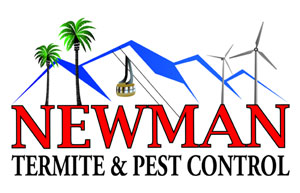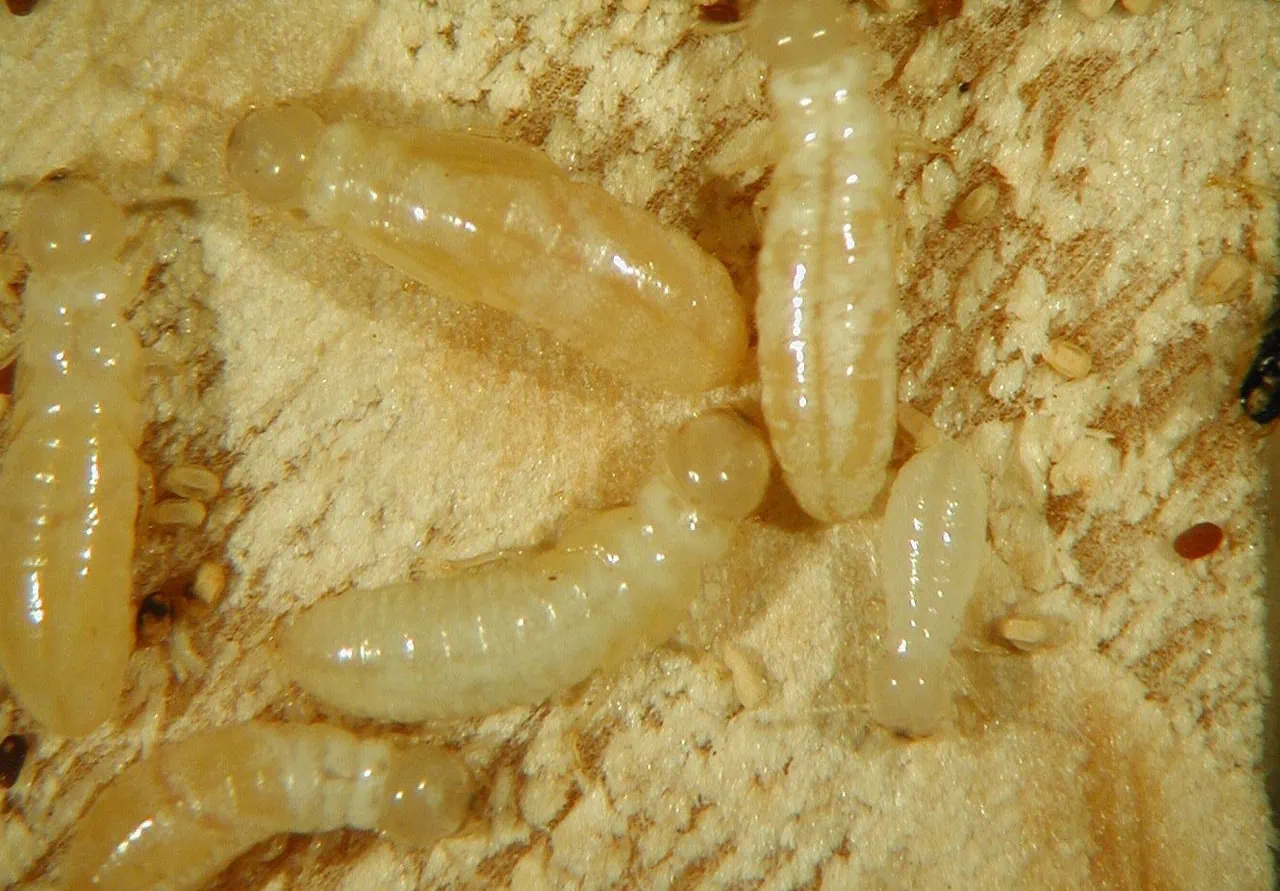Are you curious about how drywood termites defend themselves? Look no further than this comprehensive guide on the defense mechanisms of these tiny creatures.
From chemical defenses to behavioral tactics, you’ll discover the fascinating ways in which drywood termites protect themselves. Whether it’s secreting toxic substances or building intricate structures, these termites have developed a variety of strategies to ensure their survival.
So, let’s delve into the world of drywood termites and uncover their secrets of defense.
Chemical Defense Mechanisms
You’ll be amazed at the chemical defense mechanisms drywood termites use to protect themselves. These tiny creatures have developed a sophisticated system of pheromone communication, allowing them to warn each other of potential threats.
When a drywood termite detects danger, it releases alarm pheromones that signal the rest of the colony to take action. This chemical communication helps them coordinate their defense and ensure the safety of the entire community.
Additionally, drywood termites have formed symbiotic relationships with certain fungi that produce toxins. These toxins act as a natural defense against predators, deterring them from attacking the colony.
Physical Defense Mechanisms
To protect yourself, drywood termites have evolved physical mechanisms that help you ward off potential threats. These adaptation strategies and defensive anatomy are vital for your survival in the harsh environments you inhabit.
One of your primary physical defense mechanisms is your hard exoskeleton, which provides a protective barrier against predators and environmental hazards. This outer layer is made up of chitin, a tough and resistant material that shields you from harm.
Additionally, you have developed powerful jaws that allow you to bite and chew through wood, your main food source, but can also be used as weapons to defend yourself against intruders.
Your ability to quickly locate and seal any breaches in your nest also plays a crucial role in protecting your colony from invaders.
These physical defense mechanisms have allowed you to thrive and adapt to your unique habitat.
Behavioral Defense Mechanisms
When threatened, your instinctual response is to release alarm pheromones to alert your fellow termites of the danger.
In addition to alarm communication, drywood termites also employ various camouflage techniques as part of their behavioral defense mechanisms. These techniques allow them to blend in with their surroundings and avoid detection by predators.
One such technique is called ‘mimicry,’ where termites mimic the appearance of their environment, such as wood or soil, making it difficult for predators to spot them.
Another technique is ‘cryptic coloration,’ where termites have body colors that match their surroundings, making it hard for predators to distinguish them.
Structural Defense Mechanisms
By reinforcing the structural integrity of their colonies with specialized secretions and building materials, drywood termites create a stronghold that protects them from external threats. These tiny creatures have evolved remarkable structural defense mechanisms to ensure their survival in the face of natural predators and environmental challenges.
Here are three ways in which drywood termites defend themselves:
- Creating intricate tunnels: The termites construct a network of tunnels within the wood they infest, making it difficult for predators to reach them. These tunnels are reinforced with secretions that harden into a strong material, offering additional protection.
- Sealing off entrances: Drywood termites seal off entrances to their colonies with mud and fecal matter, effectively blocking the access of predators. This strategy helps to maintain a safe and secure environment.
- Camouflaging themselves: Some drywood termite species have evolved to blend in with their surroundings, making it harder for natural predators to spot them. Their ability to adapt their coloration helps them avoid detection and enhances their chances of survival.
Through these ingenious structural defenses, drywood termites have managed to thrive in various natural environments, ensuring their continued existence despite the challenges they face.
Reproductive Defense Mechanisms
Reproductive defense mechanisms in drywood termites include producing large numbers of winged alates that can quickly establish new colonies. These alates, or winged reproductive termites, are genetically adapted to ensure the survival of the species.
Through their reproductive strategies, drywood termites are able to maintain a healthy population and defend against potential threats. One of their main genetic adaptations is the ability to produce both primary and secondary reproductives. This is seen frequently when observing the remarkable mound building termites.
Primary reproductives, or kings and queens, are responsible for the initial colony establishment. Secondary reproductives, on the other hand, are developed from worker termites and can replace the primary reproductives if they are lost.
This reproductive flexibility is a crucial defense mechanism, allowing drywood termites to quickly recover and establish new colonies when necessary.
Frequently Asked Questions
How Do Drywood Termites Communicate With Each Other to Coordinate Their Defense Mechanisms?
Drywood termites communicate with each other to coordinate their defense mechanisms through chemical signals and vibrational cues.
These signals allow them to alert the colony of potential threats and coordinate a response. Chemical signals, in the form of pheromones, help termites transmit messages about danger or the need for defense.
Vibrational cues, such as drumming their heads against the wood, serve as a warning to other termites.
Together, these communication methods enable efficient defense strategies in drywood termite colonies.
Can Drywood Termites Change Their Defense Mechanisms Depending on the Specific Threat They Encounter?
Drywood termites, those fascinating creatures, possess remarkable adaptations to defend themselves.
One intriguing aspect is their ability to change defense strategies based on the specific threat they face. These clever insects have developed a repertoire of defense mechanisms that they can modify depending on the situation at hand.
Are There Any Natural Predators or Parasites That Specifically Target Drywood Termites’ Defense Mechanisms?
Yes, there are natural predators and parasites that specifically target drywood termites’ defense mechanisms.
Predators like certain species of ants and birds are known to feed on termites and disrupt their defense systems.
Additionally, parasitic organisms such as nematodes and fungi can infect and weaken termites, making them more vulnerable to other threats.
These natural enemies play a crucial role in regulating termite populations and maintaining the balance of ecosystems.
How Long Do Drywood Termites Typically Live, and Do Their Defense Mechanisms Evolve Over Time?
Drywood termites typically live for several years. Over time, their defense mechanisms do evolve to adapt to changing environments and threats.
These mechanisms help them protect their colonies and survive in various conditions. The longevity of drywood termites allows them to continue evolving their defense strategies, ensuring their survival and dominance in their habitats.
Understanding the evolution of their defense mechanisms is crucial in developing effective newman pest control strategies.
Are There Any Known Environmental Factors That Can Weaken or Impair Drywood Termites’ Defense Mechanisms?
Environmental factors can weaken and impair the defense mechanisms of drywood termites. Factors like extreme temperatures, high humidity, and lack of food can all negatively affect their ability to defend themselves.
When these factors are present, termites may become more vulnerable to predators and less able to protect their colonies.
It is important to understand these environmental factors and take appropriate measures to mitigate them in order to maintain effective termite control.
Conclusion
In conclusion, you now have a comprehensive understanding of the defense mechanisms employed by drywood termites.
From their chemical defenses, physical adaptations, and behavioral strategies, to their ingenious structural modifications and reproductive tactics, these termites have evolved a range of techniques to protect themselves and their colonies.
By studying and understanding these defense mechanisms, we can better develop strategies to control and manage termite infestations.
So, next time you encounter drywood termites, you’ll know just how resourceful and resilient they can be in defending their homes.

